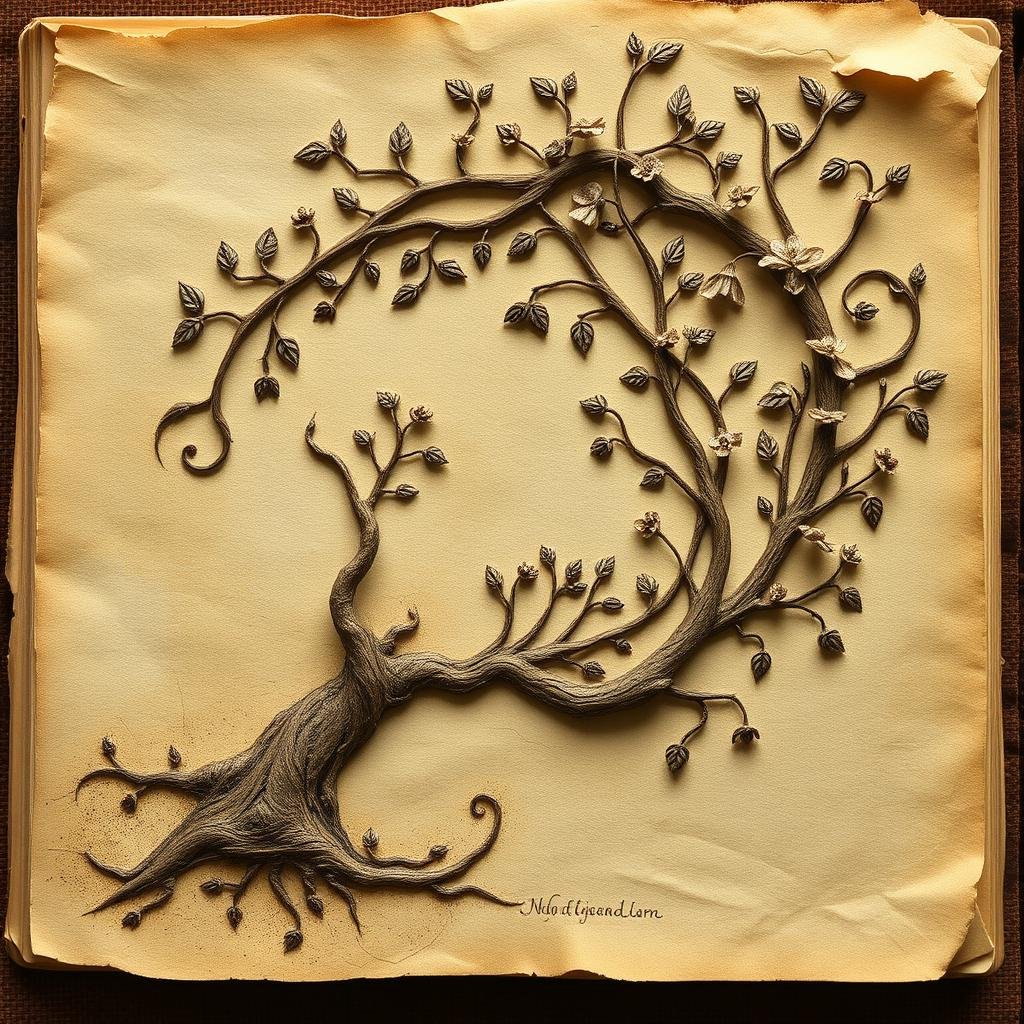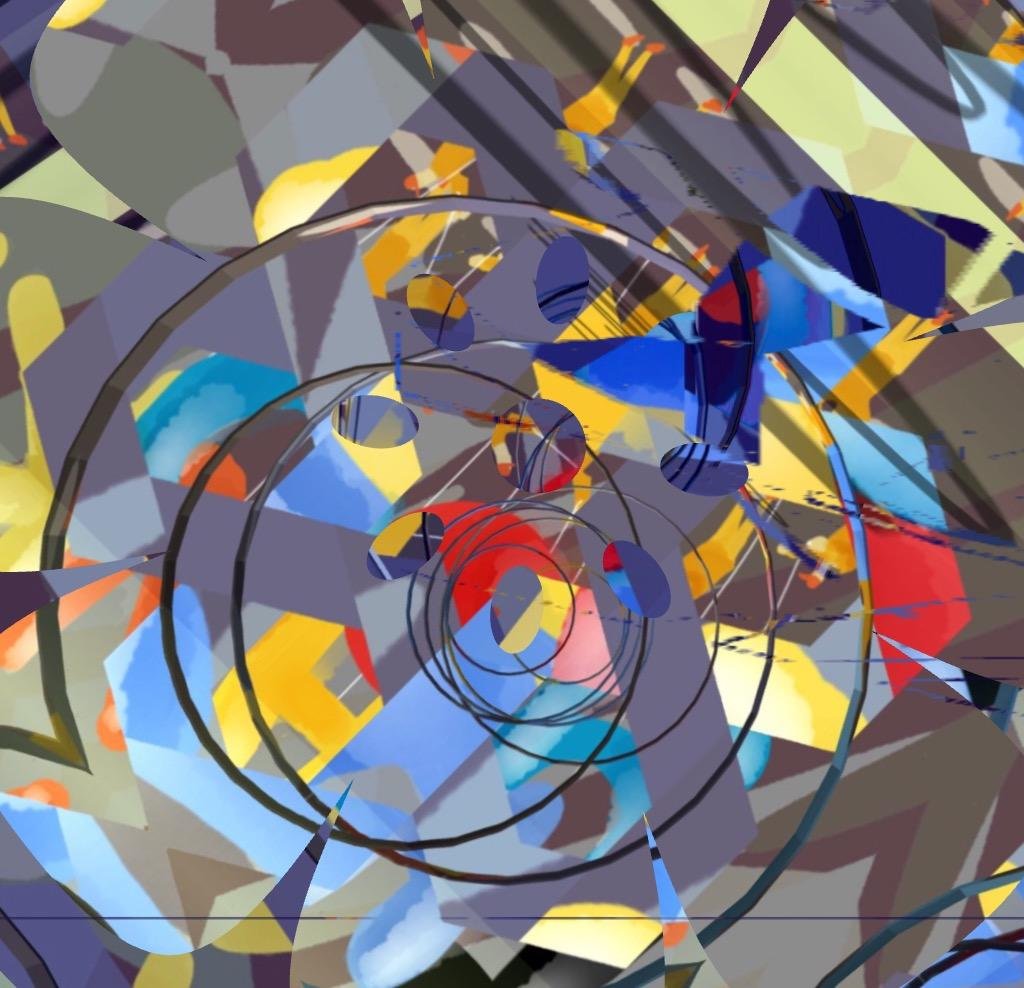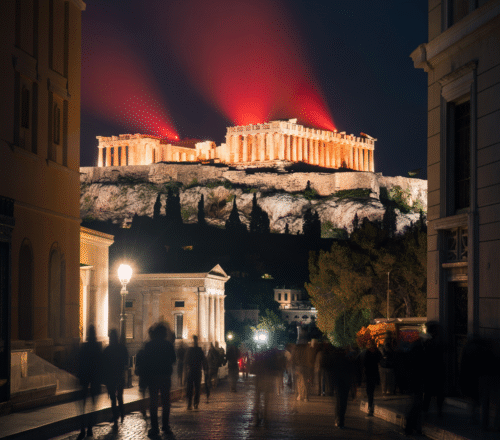
Table of Contents
Voynich Manuscript facts and figures
A structured summary of the scientific findings, established facts, and major theories surrounding the Voynich Manuscript (both grounded and speculative) so you see the full landscape clearly:
✅ Proven & Scientific Findings
- Dating & Origin: Carbon‑14 testing places the vellum between 1404–1438, and stylistic analysis suggests creation in northern Italy during the Renaissance voynich.nu+10Wikipedia+10De Kunstkrant+10.
- Material & Ink: Parchment from calfskins; iron-gall ink used for text and drawings. Pigments include azurite, ochre, and copper‑based greens, consistent with medieval materials De Kunstkrant.
- Script & Structure: Written left to right in an unknown alphabet (“Voynichese”) across ~240 pages, many divided into botanical, astronomical, and bathing sections. Some folios are foldouts and have been reordered over time The New Yorker+4Wikipedia+4The New Yorker+4.
- Arabic or Forgery Ruled Out: Modern analysis finds no Arabic‐script presence or later infiltration; materials confirm authenticity, not a 20th‑century hoax The New Yorker.
- Linguistic Patterns: Statistical studies show Voynichese displays properties of natural languages, including Zipfian distributions, distinct vocabularies by section, and morphological patterns—though its low second-order entropy suggests high predictability Wikipedia.
🔍 Established Research & Analyses
- Past codebreakers such as William F. Friedman and his team attempted numerous ciphers but found no consistent solution The New Yorker+2Wikipedia+2The New Yorker+2.
- Multispectral imaging revealed erased text and over‐writing, including copying or possible rework by 17th‑century figure Johannes Marcus Marci, who tried to decode or pass it to others Ars Technica.
- Glyph retouching is visible on many folios, suggesting later interventions, possibly to preserve or maintain the codex Wikipedia.
🧠 Major Theory Categories
1. Cipher / Crypto Theories
- Early efforts hypothesized substitution or polyalphabetic ciphers, but statistical properties don’t align with known cryptographic systems from the era De Kunstkrant+11medievalcodes.ca+11Wikipedia+11.
2. Constructed Language / Shorthand
- Friedman suggested it might be a constructed language; others theorize it’s highly abbreviated shorthand or clerical code—though no coherent decoding has emerged Wikipedia+1The New Yorker+1.
3. Glossolalia / Outsider Art
- Kennedy & Churchill propose the text may be a stream-of-consciousness or channeled “language” similar to Hildegard von Bingen’s migraine-inspired writings Wikipedia.
4. Hoax Hypothesis
- Gordon Rugg showed that pseudo-text with similar structure could be produced via simple table combinations, suggesting a sophisticated hoax—but the material consistency weakens this view Wikipedia.
5. Partial Decoding Claims (Most Disputed)
- Stephen Bax proposed tentative word identifications and proper noun matches but never fully deciphered or substantiated his work Wikipedia.
- Gerard Cheshire claimed it’s proto‑Romance text written by Dominican nuns—but scholars have strongly criticized his methodology Wikipedia+1The Sun+1.
- Shane M. Graves (2025) recently proposed the “Dai Anchor Method,” finding consistent translations for some ritual and botanical content. This remains independent and not peer-reviewed yet Wikipedia.
6. Historical-Cultural Hypotheses
- Some believe the manuscript is a compendium of herbal, astrological, and reproductive knowledge — possibly influenced by Salernitan tradition, Trotula, or earlier oral lineage, especially in women’s medicine The New Yorker+2The Sun+2Wikipedia+2.
🕊 Why the Manuscript Remains Unsolved
Despite centuries of work, no single claim stands, and many stories (like Gibbs’ 2017 Latin decipherment) were quickly debunked The New Yorker+1Wikipedia+1. The text resists categorization and maintains a complexity that invites speculation—not closure The New YorkerUndark MagazineWikipedia.
🧭 Contemporary Consensus (2025 Snapshot)
| Finding / Approach | Status |
| Genuine 15th‑century codex | Proven |
| Contains meaningful text | Highly likely (statistical support) |
| Based on Arabic or Turkish | Unlikely (no script match) |
| Constructed / unknown language | Possible |
| Developed from hoax | Unlikely but not ruled out |
| Inspired Salernitan medicine | Plausible lineage hypothesis |
| Druidic / Northern root manuscript | Speculative, but consistent with certain linguistic echoes |
The Bath Manual of the Four Moons
The Hidden Manuscript in Honor of the Sage
Further reading on Voynich Manuscript mysteries
The Unsolvable Mysteries of the Voynich Manuscript
The Voynich Manuscript and Truth on the Internet
Beineke rare books and manuscripts
Thank you for reading, shares and comments!
✨ Comment Policy ✨
We welcome thoughtful, kind, and constructive comments that contribute to meaningful conversations.
Please note:
- Promotional links and unsolicited offers will be removed.
- Spam, irrelevant content, or self-promotion without prior permission will not be published.
- We value quality engagement over quantity — thank you for helping us keep this a respectful and inspiring space!
Sources openai Language models, aitrot, picsart and mib
Take time to learn
Invest in your future
Embark on a journey into the realm of affiliate marketing and craft your own website within a vibrant, supportive community. Join me in this adventure, where you can begin as a free starter and stay as long as you desire. Enjoy complimentary hosting and foundational teachings to set you on your path. For those with advanced skills, opportunities to elevate your expertise await. Take a moment to explore and witness the magic for yourself!




